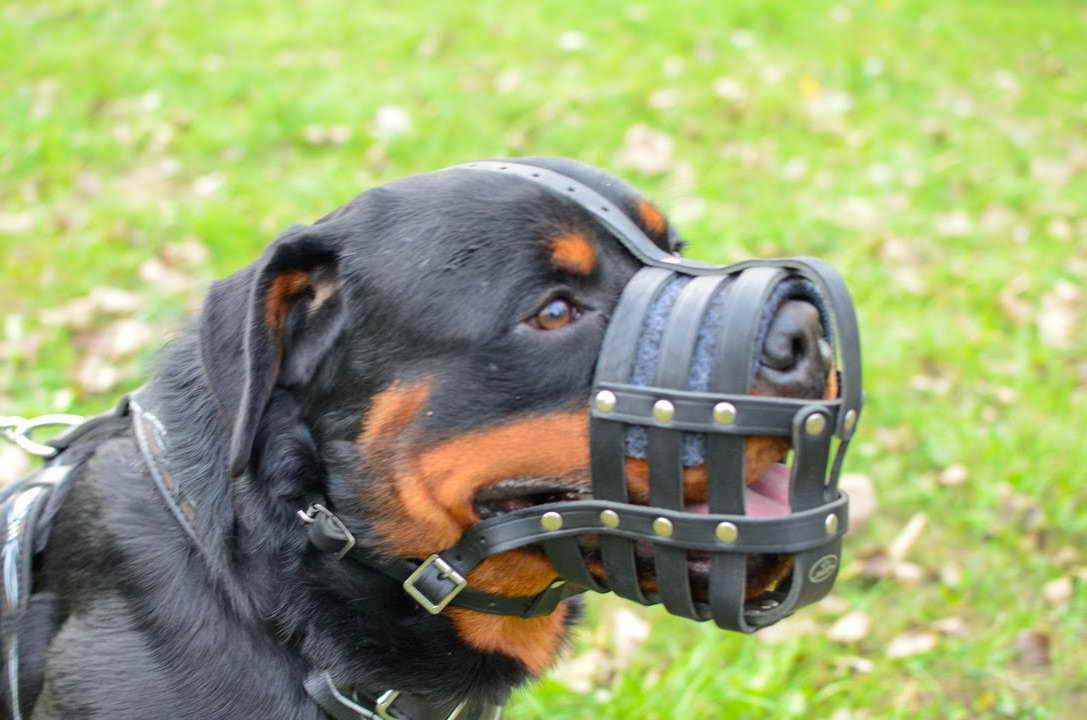

You can contact me at: 8004-4A Street, NE, Calgary, Alberta, Canada, T2K 5W8. If there are any questions, I would be happy to reply with "my two cents worth". If you have any input, I would appreciate hearing from you. The ideas that follow in this article are a basis of what works for me and are intended to provide a guideline.

We all know that there is no "one way" to train a dog in a particular area. For this reason, I have put forth this article summarizing some of my observations and experience with the muzzle, in the hope that it will assist those who are interested. When they look for material to assist them on the matter, very little is available and many are understandably reluctant to use the "trial and error" method. I find that "muzzle-training" a police dog, routinely and consistently, is far superior to the traditional (non-muzzle) process-especially in the area of the criminal apprehension exercises.Īlthough for police dogs in North America the use of the muzzle has grown over the past 10 years, I still meet a great many handlers who are not familiar with the basic concepts, or who are misinformed. Since then, I've used it extensively and each time out, whether conducting a training class or training a dog on my own, I seem to realize another new benefit. Prior to that time-like most police K9 people (even today)-I knew a little about it, had used it, had even encountered police dogs that had run along beside a real bad guy looking for the training sleeve, but was far from recognizing its tremendous value. It was almost 10 years ago that, while attending a course at the police dog school in Stukenbrock, Germany (West Germany then), I first became acquainted with the formal use of the agitation muzzle.


 0 kommentar(er)
0 kommentar(er)
